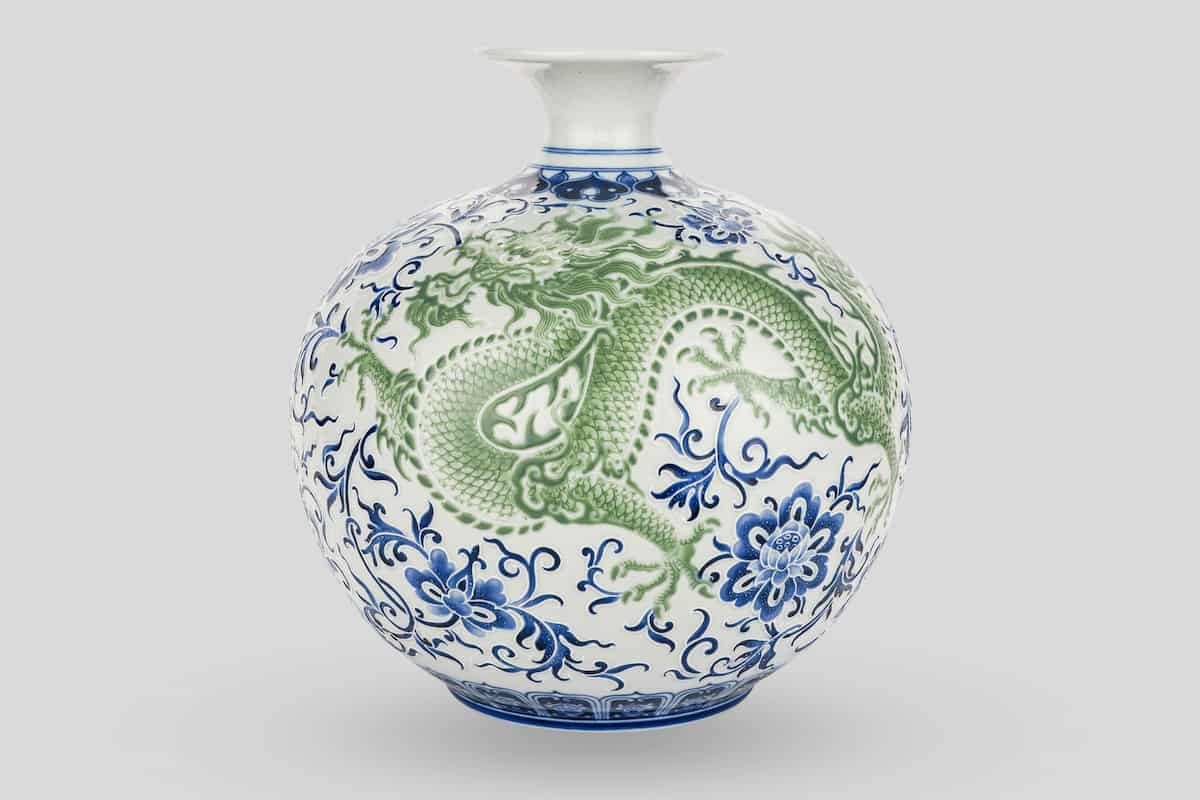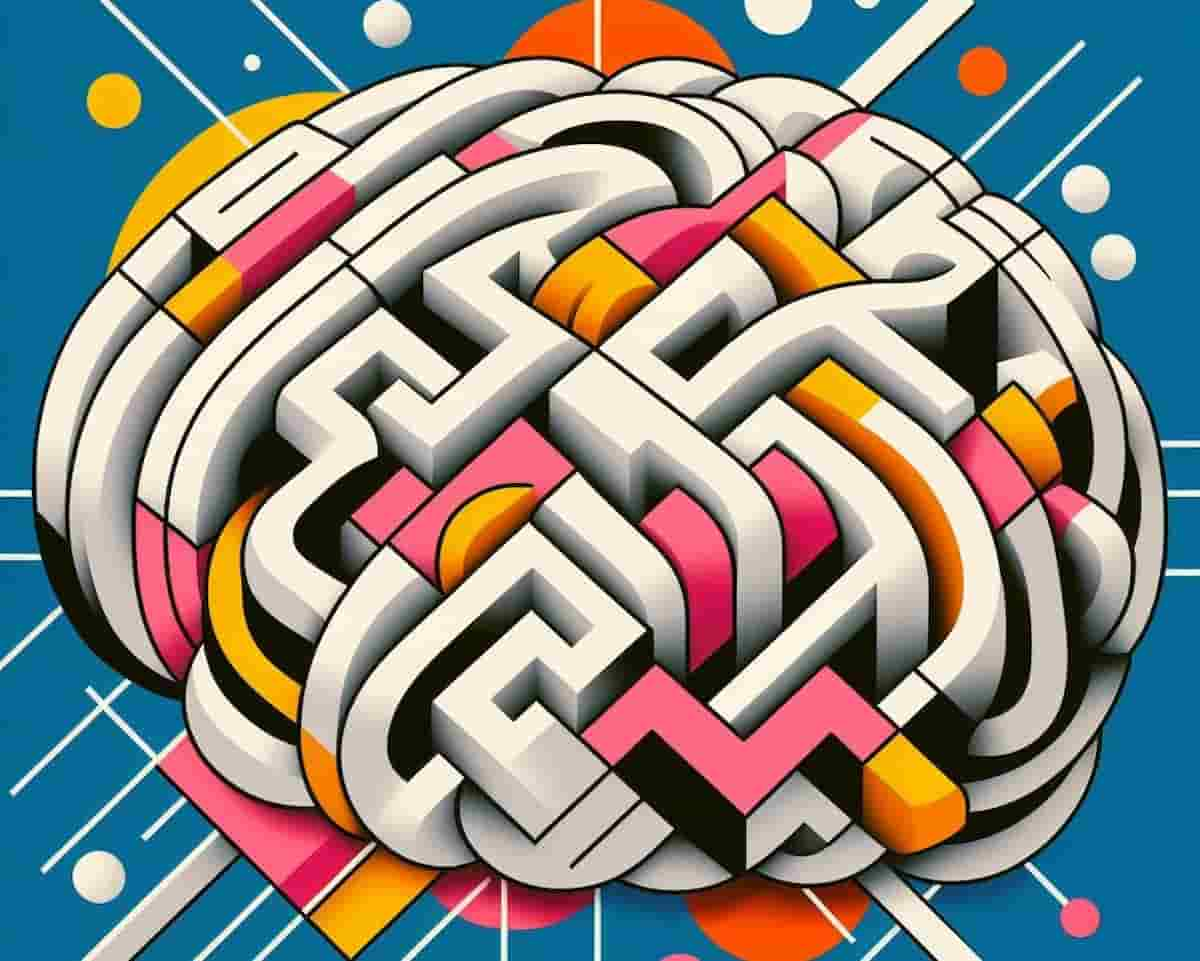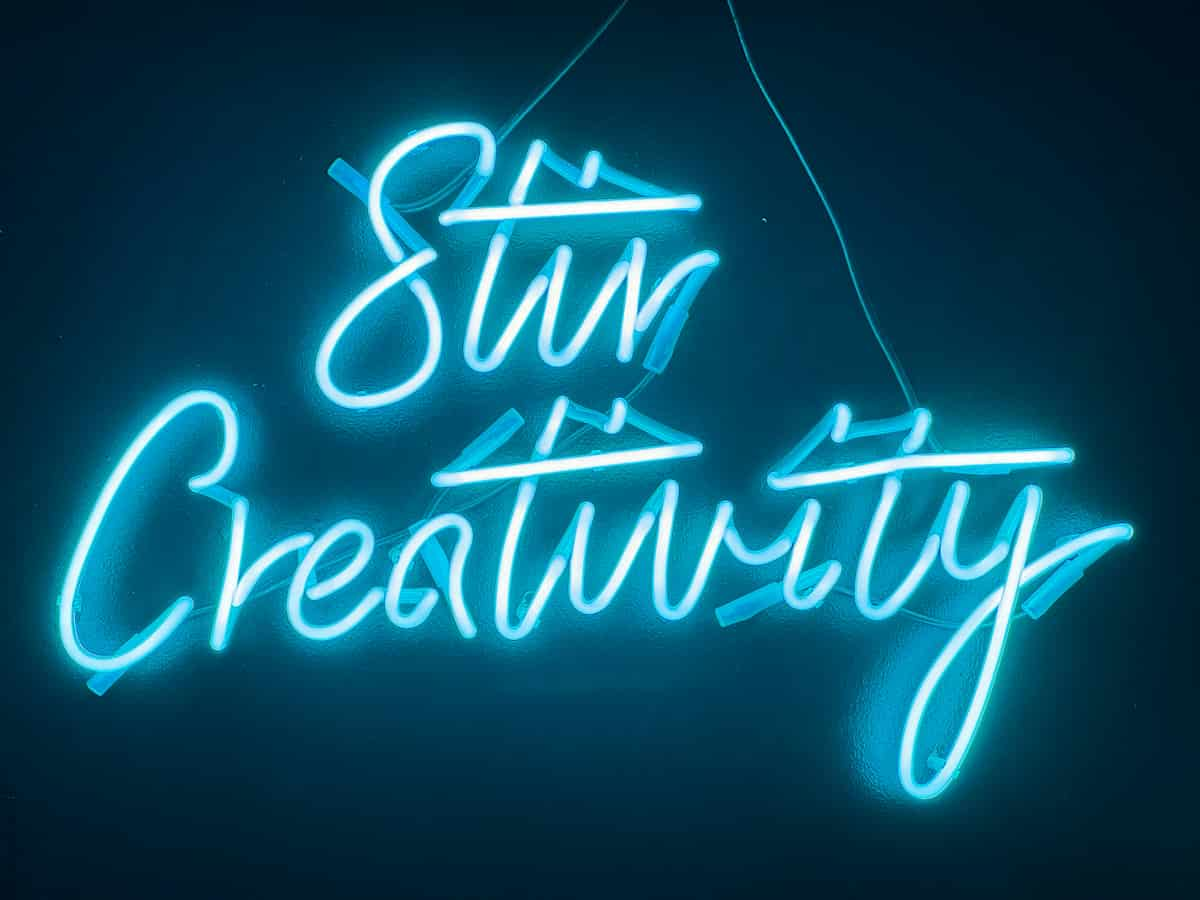It may be why hotbeds of humour include places like hospitals, police stations and the military.
People who are unconsciously thinking about death are funnier.
The reason is that being funny helps people to defend themselves against anxiety.
Perhaps this is why hotbeds of humour include places were death is closer than usual, such as hospitals, police stations and the military.
The study involved 117 people split into different groups.
One group were made to think about death unconsciously by having the word ‘death’ flashed up on a screen so quickly they could not consciously perceive it.
All the groups were then given New Yorker cartoons to caption.
In comparison to various other groups, those unconsciously thinking about death were funnier.
However, those who wrote about death before the captioning — and so were thinking about it consciously — came up with more dud captions.
Here is the theory behind the study:
“Terror Management Theory posits that human awareness (whether conscious or unconscious) of the
inevitability of death can lead to potentially paralyzing anxiety.To manage or preempt this anxiety, individuals may turn to cultural and psychological defenses that ostensibly offer symbolic ways to transcend death.
Humor production may be particularly relevant to staving off death anxiety…
…humor has also been identified as a psychologically useful coping mechanism that enables individuals to remain resilient in the face of aversive life circumstances.”
In other words, not only do we make jokes to deflect from our anxiety about death, we actually make better jokes when thinking about death.
Related
- Sarcasm can promote creative thinking.
- People who use humour to laugh at themselves are happier.
The study was published in the International Journal of Humor Research (Long et al., 2013).










